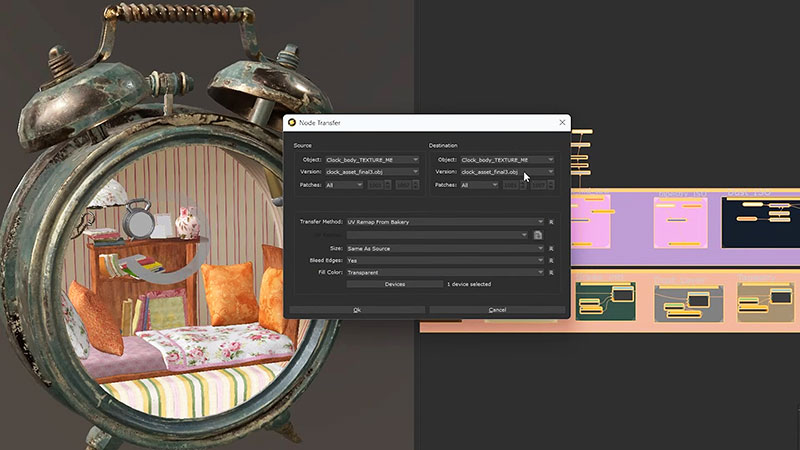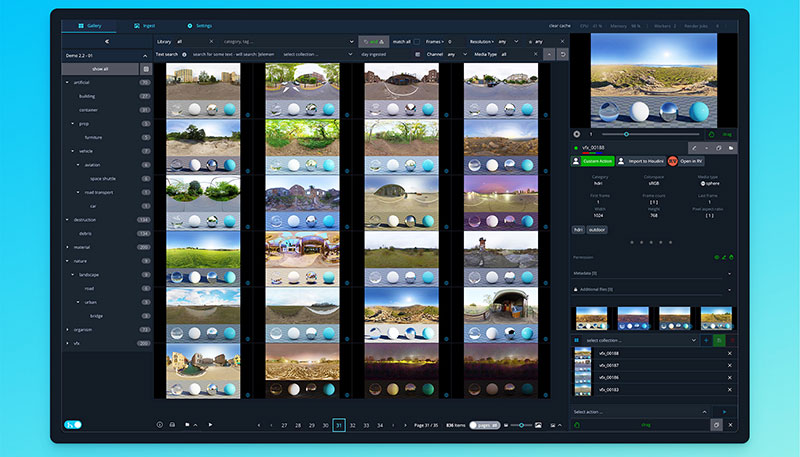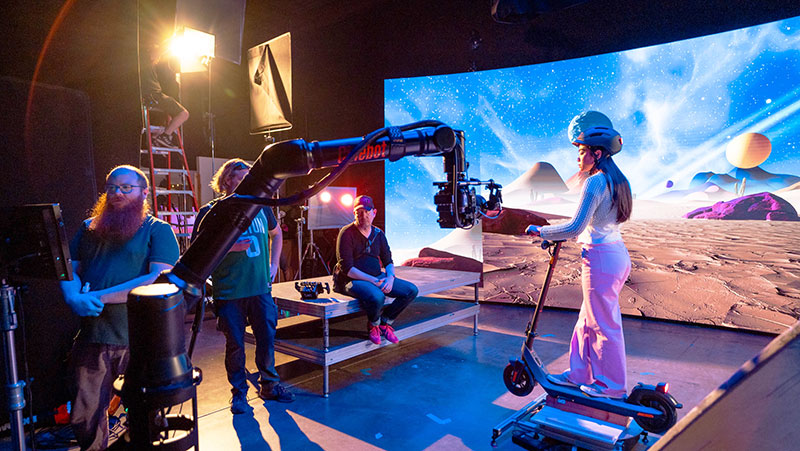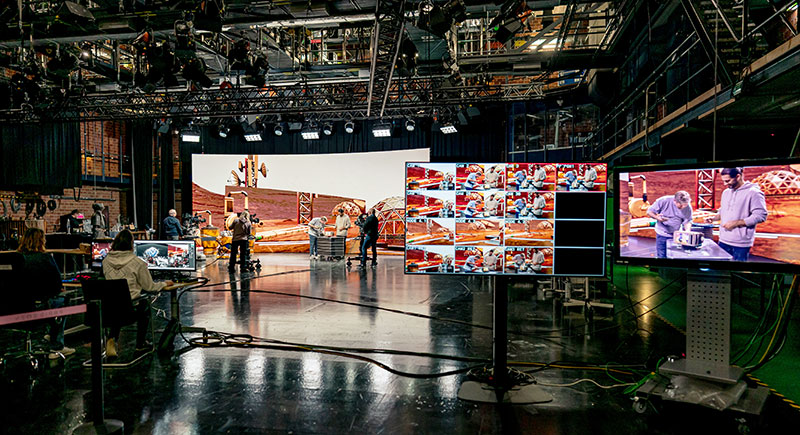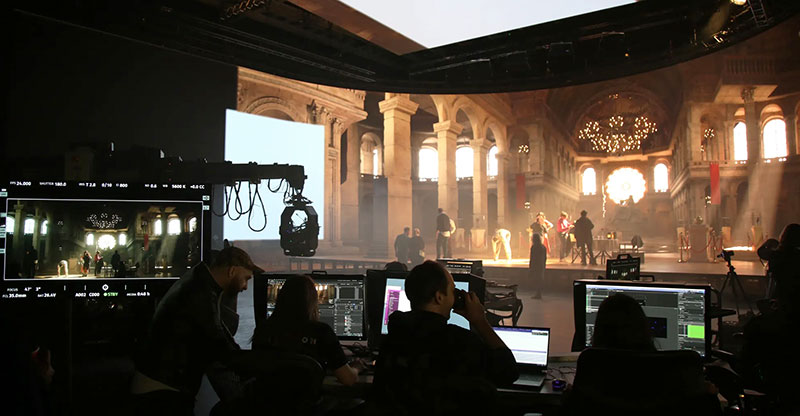Adobe’s Generative Remove feature, based on the Firefly AI model, is now part of Lightroom, and the AI-powered Lens Blur tool has now become generally available with new presets.
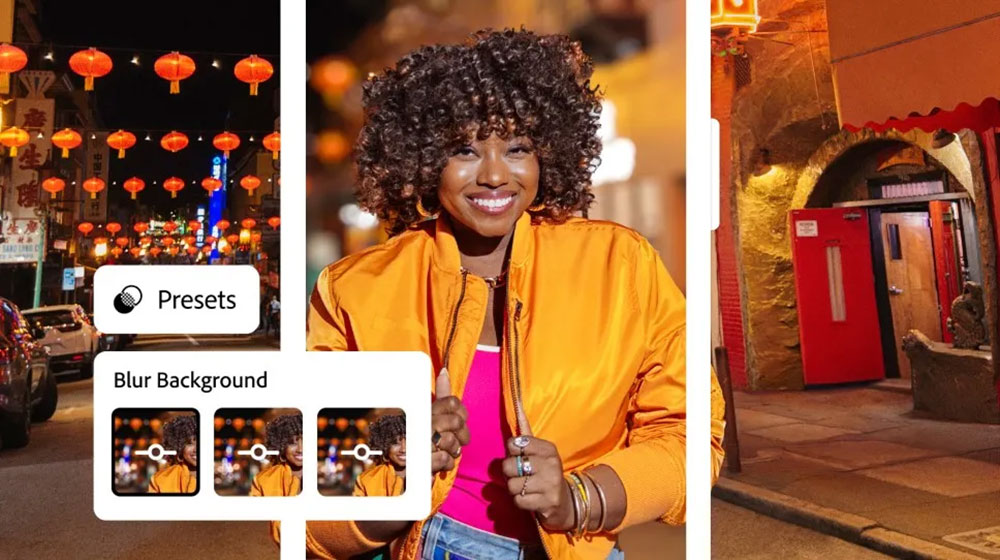
Adobe’s Generative Remove feature, based on the company’s Firefly AI model, is now included in Adobe Lightroom to use in photo editing workflows for Lightroom mobile, web and desktop applications. The Generative Remove tool removes unwanted elements from photography non-destructively in one click by intelligently matching the removed area with generated pixels that precisely match the surrounding background.
Applications include removing distractions from group photos, speeding up professional retouching workflows and maintaining greater control over fine detail. Generative Remove is available now as an early access feature for current Lightroom users.
While the main professional use case is invisible retouching, others include removing stains from patterned fabrics, wrinkles from a tablecloth in food photography and unwanted reflections on water. During Generative Remove’s early access period, Adobe is collecting feedback from photographers, continuously training the model and planning to extend the functionality of Generative AI to other tools in Lightroom.

Lightroom's AI-powered Lens Blur tool has now become generally available with new presets that apply various aesthetic blur effects onto photos, also in a single click. These are typically used to highlight the subject and blur out the rest of the image to avoid distractions. The presets can also be used to change the size and shape of light coming from street lamps or cityscapes. Combined with Lightroom's photo editing tools, these features are intended to speed up professional users’ existing workflows and pass new photo editing skills on to casual users.
More New Lightroom Functionality
Beyond the AI-related Generative Remove and Lens Blur, Lightroom has some other improvements like expanded tethering support for new cameras including the Sony Alpha 7 IV and Alpha 7R V. This new support gives access to photos in Lightroom Classic in real-time, saving time on editing workflows and easing team collaboration.
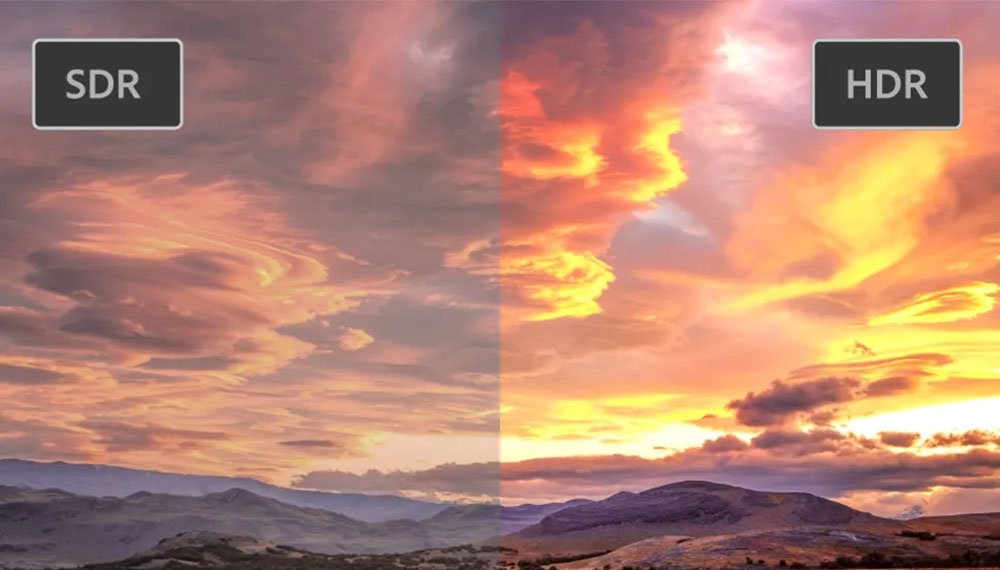
HDR Optimisation, a recent feature, makes it possible for people capturing HDR photos to edit and export their images with the HDR data intact. In previous Lightroom releases, rendered results have been limited to the regular SDR brightness range of the user interface. Lightroom HDR Optimisation adds the ability to view and edit HDR photos on compatible HDR displays, and to save HDR photos to disk in standard formats and open them in Photoshop.
Like Lightroom desktop app users, those using Lightroom mobile have have instant access to photo libraries. The toolbar has also been consolidated to prioritise the most popular features and make it faster and more straightforward to edit. www.adobe.com





